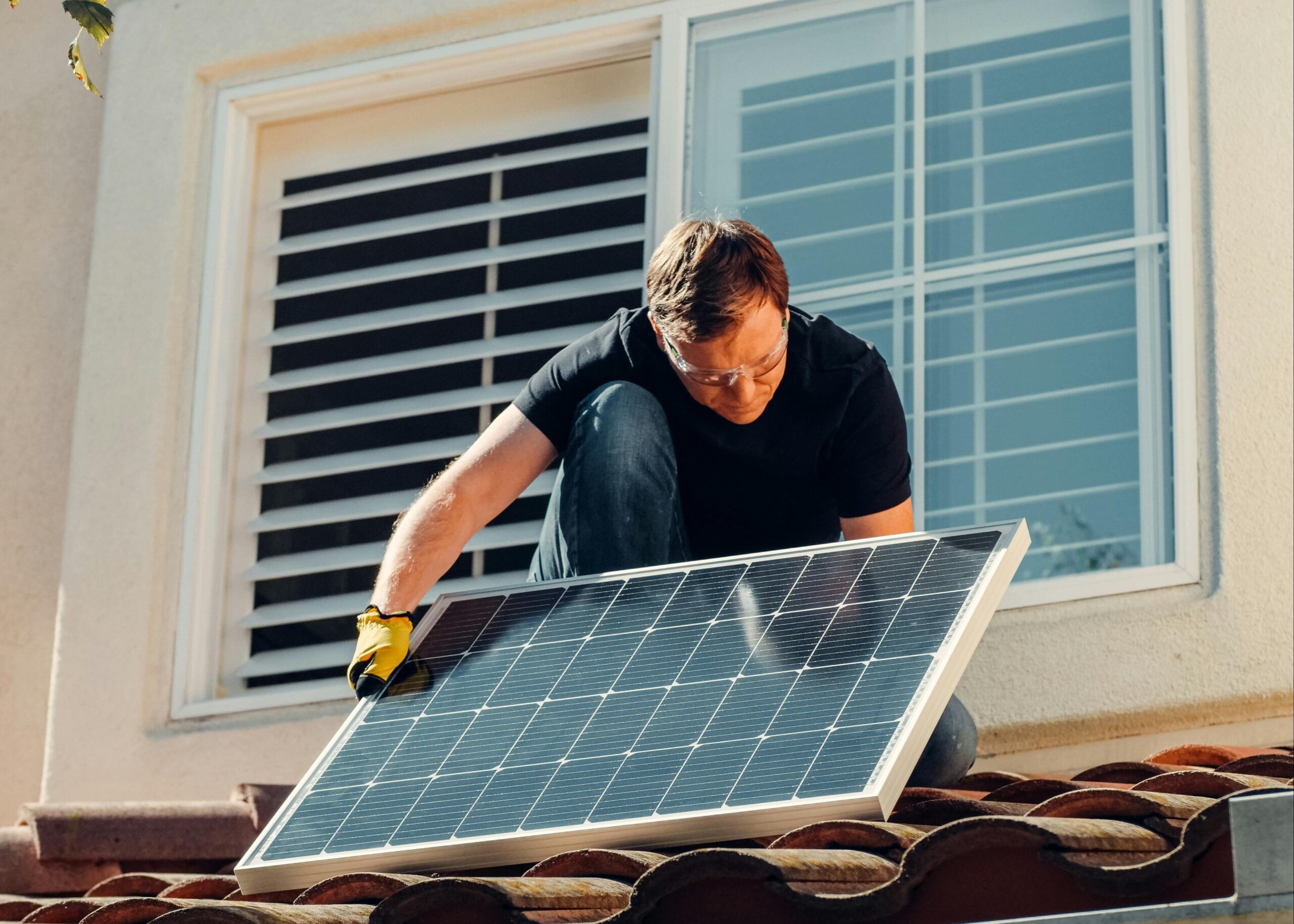As part of the changes under the recently passed One Big Beautiful Bill Act (OBBBA), many of the current tax incentives for energy-efficient home improvements are set to expire at the end of this year. Here’s what you need to know.
What Kinds of Home Projects Qualify?
The current Energy Efficient Home Improvement Credit provides a tax break for a variety of energy-saving upgrades. Some of the most common improvements that may qualify include:
- Insulation upgrades (walls, attics, crawlspaces, etc.)
- Energy-efficient windows and doors
- Home energy audits
- Electric panel upgrades to support new energy-efficient systems
- Heat pumps, central air conditioners, water heaters, and other efficient HVAC systems
- Biomass stoves and boilers
Each type of improvement has its own credit limits, and equipment must meet certain energy efficiency standards so it’s important to confirm eligibility before starting a project.
How the Tax Credit Works
This is a non-refundable tax credit which means it reduces your tax bill, but you won’t receive any excess as a refund if the credit is more than what you owe in taxes.
The credit is worth 30% of qualified expenses, up to a maximum annual amount of $1,200 (or $2,000 for certain heat pump systems). There is no income limit that would prevent someone from claiming this credit.
After the passage of the OBBBA, these incentives will be eliminated starting in 2026—and with many contractors booked months in advance, getting a project completed by year-end could require action soon.
To dos
If you’ve been putting off replacing that old furnace or finally sealing your drafty attic, it’s worth looking into whether a project qualifies for this credit and whether you can complete it before December 31st, 2025.
Pre-work to-dos:
- Schedule a home energy audit: this can identify your home’s biggest efficiency gaps and may itself qualify for a tax credit.
- Talk to your contractor: make sure the equipment you’re considering qualifies under the IRS rules.
After work to-dos:
- Save your receipts and manufacturer certification statements: Good to have as backup when you file your taxes.
It’s always nice to save some money come tax time. If you have been contemplating making any of the above improvements, it likely makes sense to try to get them completed before the end of the year. The team at JGP is available and ready to review your situation to determine if it makes sense for you.







